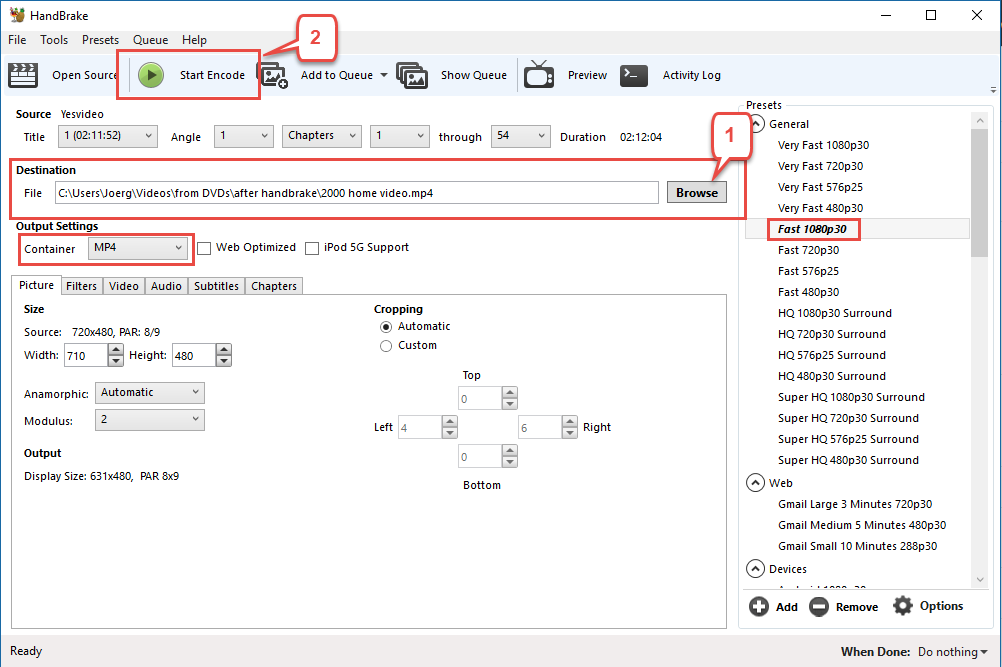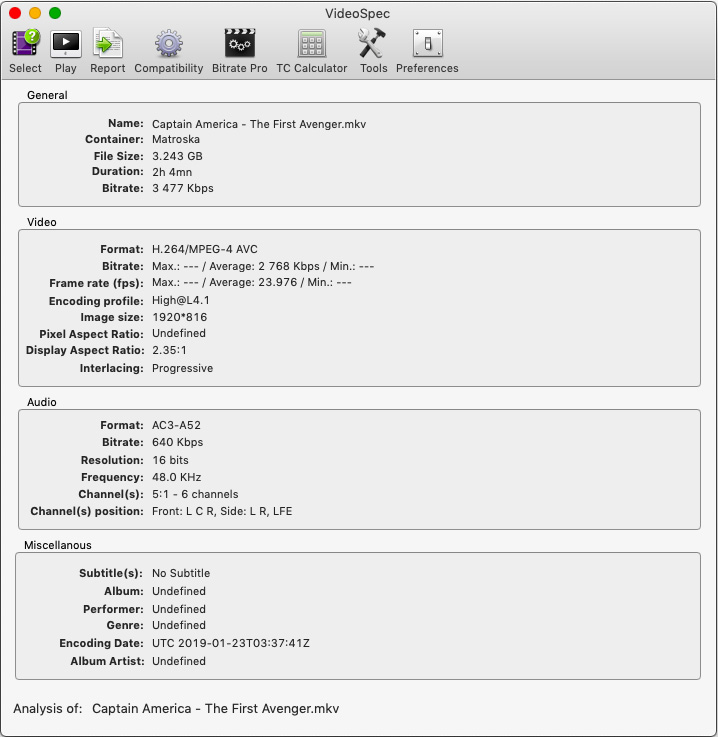

Regarding audio downmixing, it's not an intensive process. Of course you could go in and try and fix the errors and use another text based format like SSA/ASS which allows you to define fonts and positioning, but that requires a lot of time and effort to do. You could potentially use OCR to get SRT subtitles (which are more commonly supported) from the image based DVD/Blu-ray subs but it's not perfect, so you end up with errors, and you lose things like the font and positioning of the original subs, which at best loses some information and at worst you end up with the subs covering important onscreen info.

If you're working with DVD/Blu-ray rips, they'll have image based subtitles, that won't be supported on most clients, so you'll either need to burn them in beforehand (which means you can't turn them off or have more than 1 subtitle option), or you'll need to transcode to burn them in as you play the file. But you can also run into limitations regarding subtitles. Obviously newer formats like h.265, VP9, and AV1 are more efficient, so you can have smaller files while maintaining a similar level of video quality (technically, you can direct stream these formats, but support may vary from client to client, and is less universal than h.264). However, limiting yourself to direct streaming can also be quite limiting. As these days it's compatible with damn near everything, so you can get away with direct streaming everything, meaning that you don't need to worry about server specs or usage as the CPU/GPU isn't really used. H.264 is often considered to be pretty good for Plex/emby/jellyfin/etc.

The "best" settings for whatever situation are dependent on your use case and preferences.


 0 kommentar(er)
0 kommentar(er)
